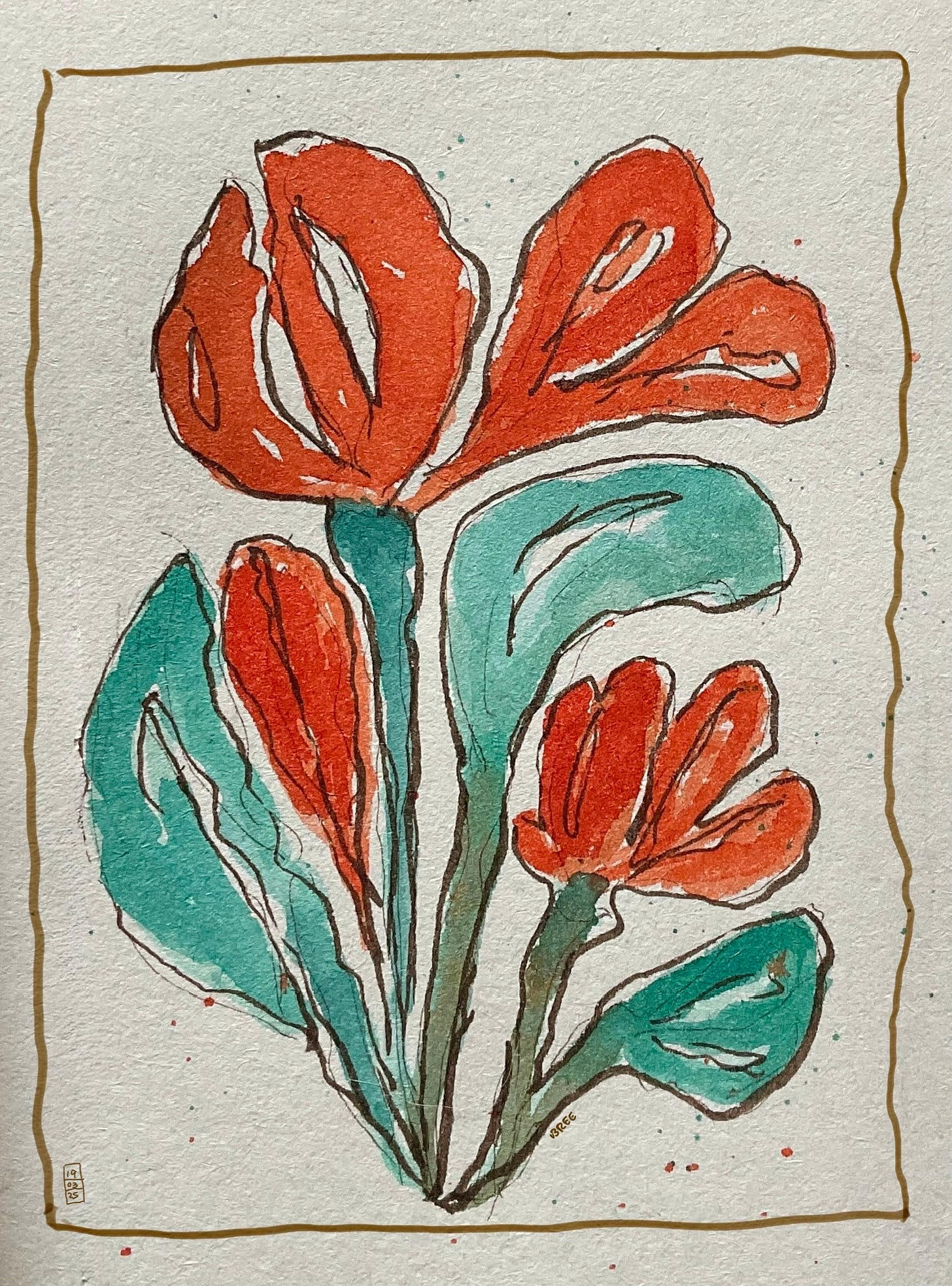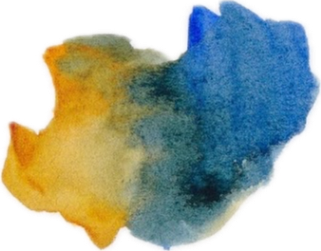Maya blue: soft yet rich, bold yet earthy
I’m lost in Maya blue, captivated by its enduring beauty and fascinating history...

Transformative power of nature
I’m amazed by the Maya’s incredible artistic skills in creating beautifully balanced and durable colors centuries ago, long before modern art supplies and color theory existed! What really struck me and made me reflect are:
Natural transformation: When combined thoughtfully, indigo and palygorskite, two simple natural materials, create the extraordinary and lasting beauty of Maya blue.
Color harmony: Maya artisans crafted timeless art with balanced colors, grounded in an intuitive understanding of color shaped through their deep connection to nature.
Durability of Maya blue: Maya blue is far more durable than modern synthetic indigo, which, though cheaper, fades over time.
Modern disconnect: As our modern life becomes increasingly digital, our intuitive understanding of nature is gradually diminishing.
Color with character
Maya blue, also known as "Blue of the Maya," is a brilliant, long-lasting pigment used by the ancient Maya from the Late Preclassic Period through the Colonial Period. It appeared on pottery, sculptures, murals, jewelry, clothing, and altars, and has withstood the test of time - resisting biological and chemical degradation. This pigment has remained vivid, even after a millennium of exposure to harsh tropical climates in southern Mexico.
Unlike other blue hues, Maya blue is soft yet rich, bold yet earthy, blending naturally with other earthly tones in Maya art. The color resembles the azure sky and the turquoise waters of the Caribbean coast adorning the Yucatán Peninsula, where it was widely used.


Science
Maya blue is unique both physically and chemically. Indigo provides the color, while palygorskite gives the pigment its strength and durability.
It’s a blend of organic indigo dye and inorganic palygorskite clay. Other ancient pigments were made from either organic materials (like plants or insects) or inorganic minerals (such as clay).
When bound with clay, indigo chemically transforms into a vibrant and durable azure blue, unlike ordinary indigo dye, which is dark blue and fades over time.
Indigo
Natural indigo, coming from the leaves of indigo plant, is more sustainable than synthetic indigo, which is widely used in denim. Synthetic indigo is much cheaper, but not durable because it sits on the surface of fabric rather than penetrating it.
The indigo colour originates from India. The name ‘indigo’ comes from the Greek word ‘indikón’, meaning from India.
Palygorskite
The intensity of Maya blue is determined by how well the indigo penetrates into the palygorskite, not just by the amount of indigo used. A deeper penetration of indigo into the clay often results in a more intense shade.
Palygorskite gets its name from Palygorskaya, a village in the Ural Mountains of Russia, where it was first discovered by Russian geologists in the 19th century.
Lost and found
Maya blue was used by the ancient Maya for centuries, but its composition and significance weren’t fully understood until the early 20th century.
1931 : Modern scientists recognized the importance of Maya blue while studying ancient Maya artifacts and murals.
1950s: The chemical composition of Maya blue was revealed.
1993: The ancient method for creating Maya blue was uncovered.
late 2024: Maya blue was successfully recreated using these ancient techniques.
Reference(s)
AAAS (American Association for the Advancement of Science)





Great post, Bree! You did some extra research on this incredible color! Now you just need to go and see some of it in person ;) ... the Bonampak murals are some of the most beautiful and preserved the color the best! Love your painting! :)
The blue is beautiful - thank you for sharing. I realize I know nothing about Mayan culture and this was very interesting. And I really like your painting- the red pairs well with this blue 😊